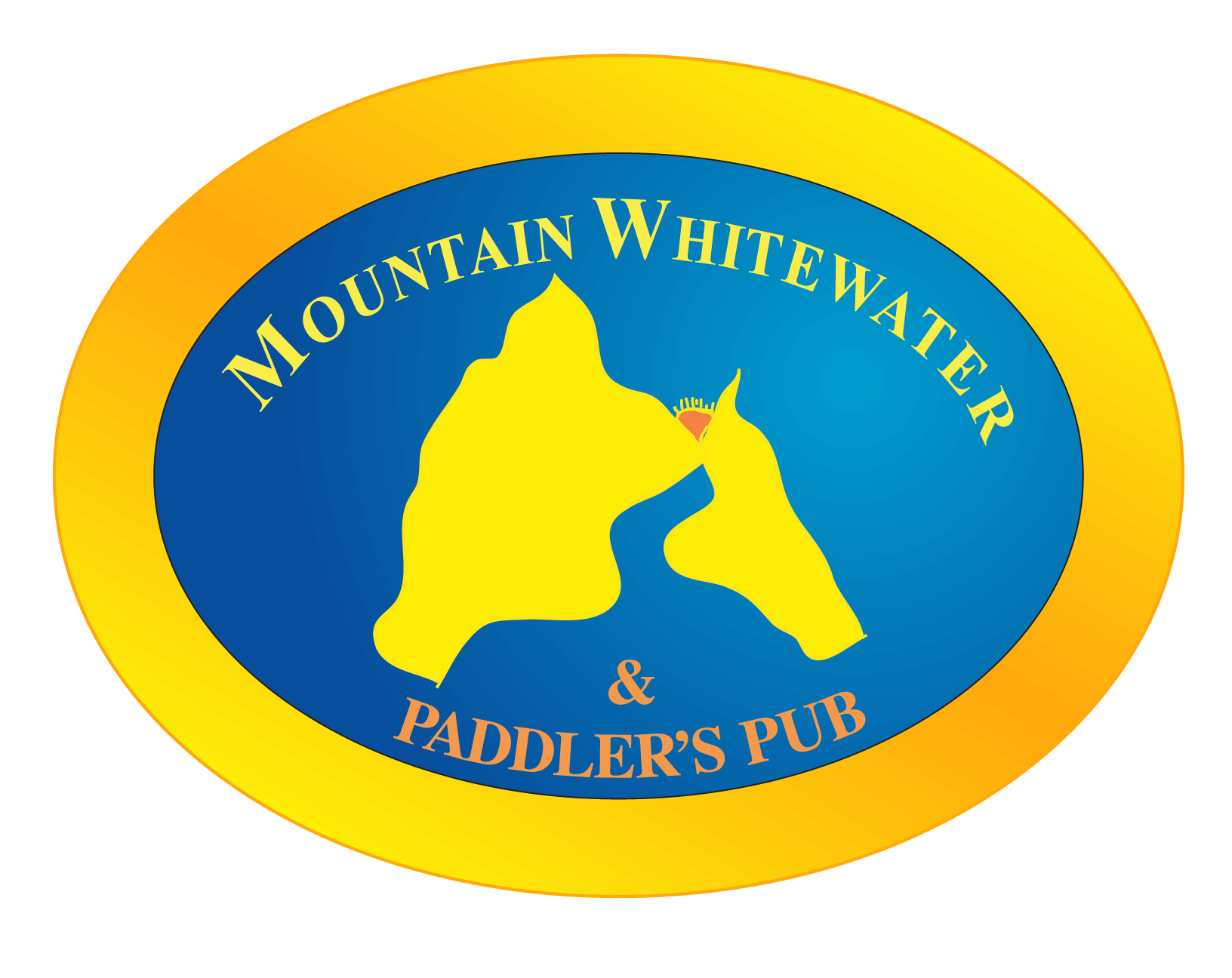Poudre Canyon Name History
by Ben Costello, January 2018 While doing some cleaning, I came across an old document and thought the information might be interesting to post. The information in the document was compiled by Stanley R. Case in June of 1992 for the Arapaho/Roosevelt National Forest folks. It outlines the name history of many sites in the…
